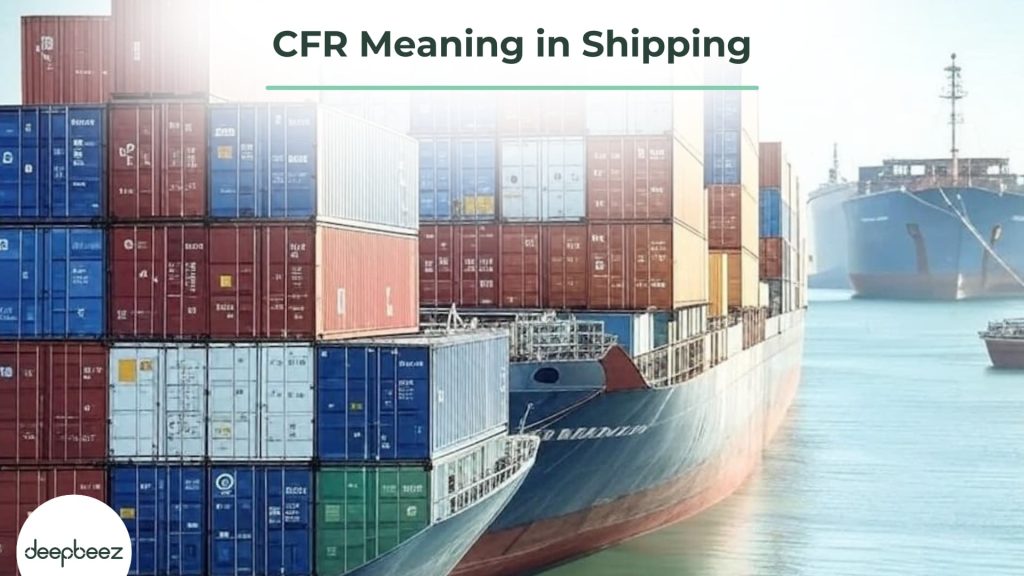In the complex world of international shipping, understanding Incoterms can make or break your business deals. What does CFR mean in shipping? Today, we’re diving deep into CFR (Cost and Freight) – an Incoterm that many seasoned importers and exporters rely on for sea shipments. If you’ve ever scratched your head wondering about the implications of CFR on your business, you’re in the right place!
By the way, you should also worry about how to find HS code of product. The correct HS code for your product plays an important role in successful shipping.
